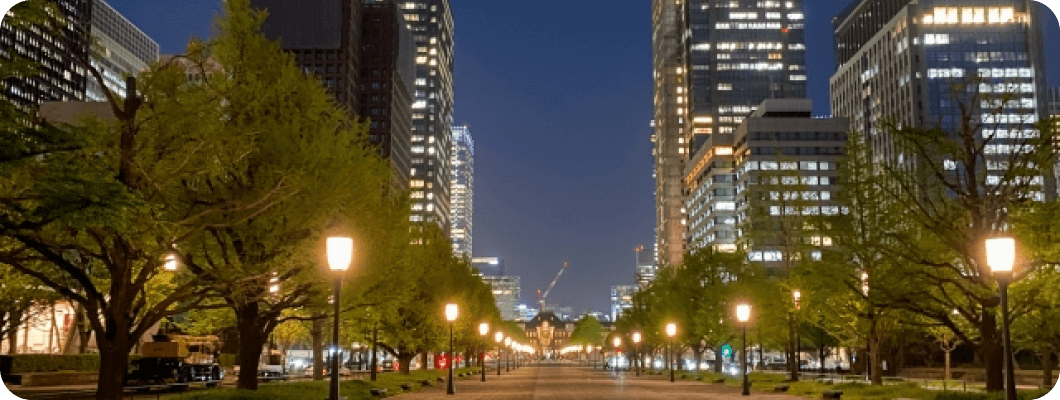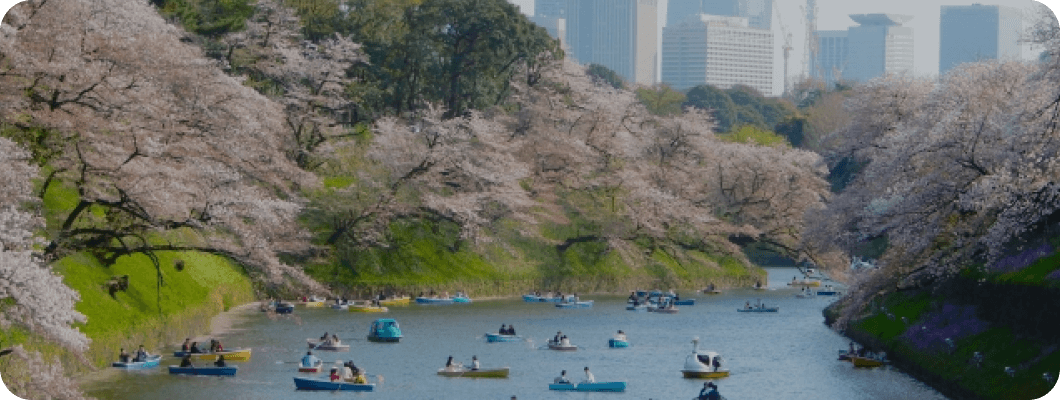
NEWS

Foreign residents, do you know the means of transportation and the manner of transportation in Japan?
BLOG

Today, I would like to share with you some of the traffic rules and means of transportation in Japan that are surprisingly unknown to foreigners. This is because many Japanese find it very unpleasant to miss this point. It would be good to have this as a common understanding!
Japan is one of the countries with a well-developed public transportation system, with many areas having extensive train and subway networks.
The large number of train lines and railroad companies makes it convenient to travel to various places without a car or motorcycle.
However, because of the convoluted nature of the train lines, it is a challenge for foreigners to understand the route maps of large cities such as Tokyo and Osaka and to buy the necessary tickets.
Transfers are also complicated, so it can be difficult to know which line to travel from and to which line to travel to reach your destination.
While it may be difficult to get assistance from individual companies, introducing applications such as "Google Maps" or "Transfer Guide," for example, will not be a particular problem.
Also, what about rural areas? Since the car-oriented society further limits the means of transportation, some companies take measures by providing bicycles or arranging for a shuttle bus.
If your company hires foreign personnel, you are required to take some steps to ensure that they can use transportation with ease.
Line up in a row
When waiting for a train on a platform, people in Japan quietly wait in line. When the train arrives, you must board the train in order without leaving the line.
By the way, when riding an escalator, you must ride on the left side. The right side of the escalator is an aisle for people who are in a hurry (however, in Kansai, the left and right sides are reversed).
Obey traffic rules
In Japan, it is a matter of course not to cross the street at a red light, but in some foreign countries, ignoring traffic signals when no cars are passing is the norm.
Is this a difference in manners or a culturally ingrained self-judgment?
At any rate, in Japan, you must stop at a red light and wait until it turns green, even if there are no cars passing.
There may be some traffic rules that you didn't know before. Let's try to keep them in mind for a safe and comfortable life in Japan!
Instagram
realestatejapan
PDF file









